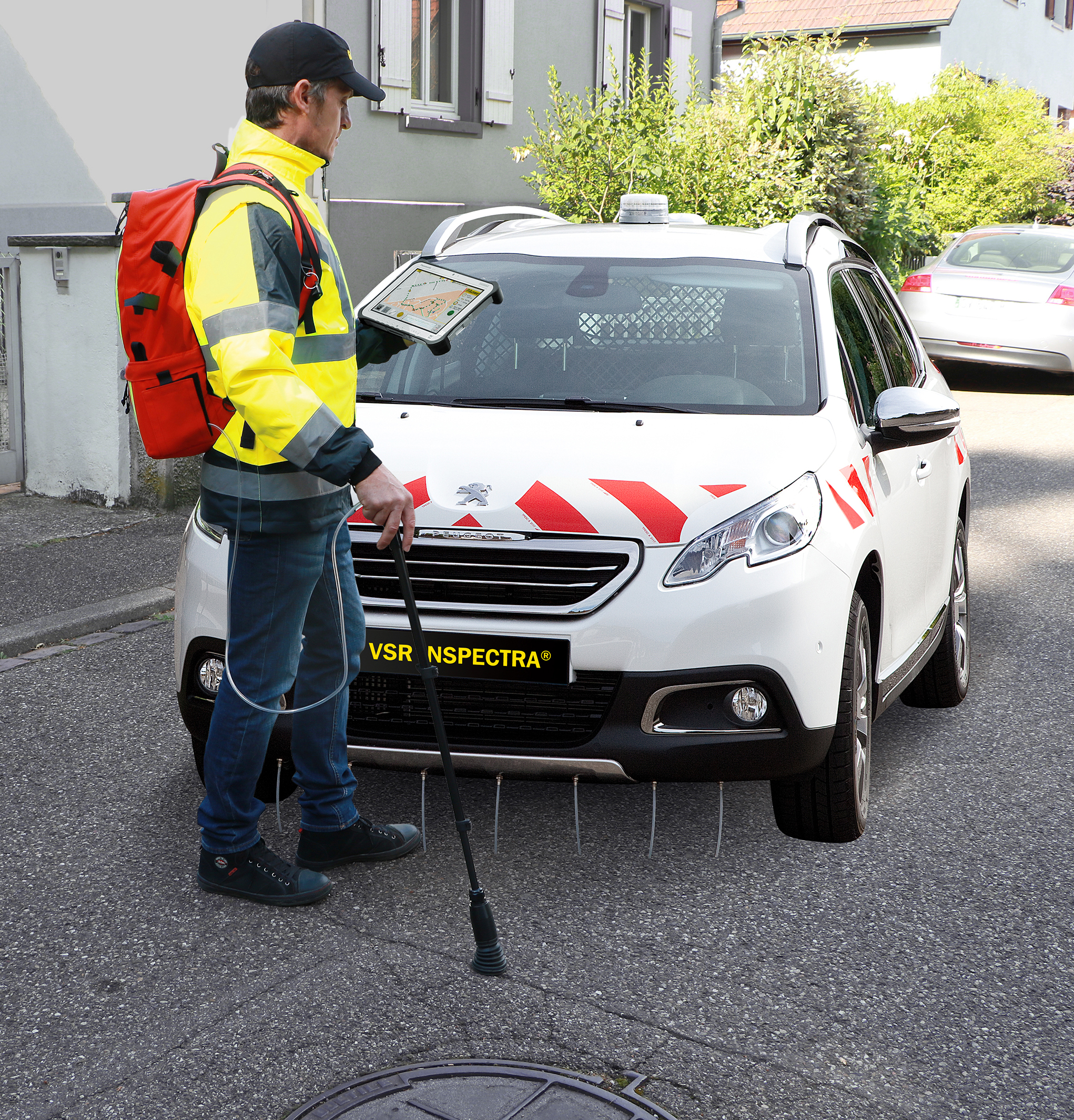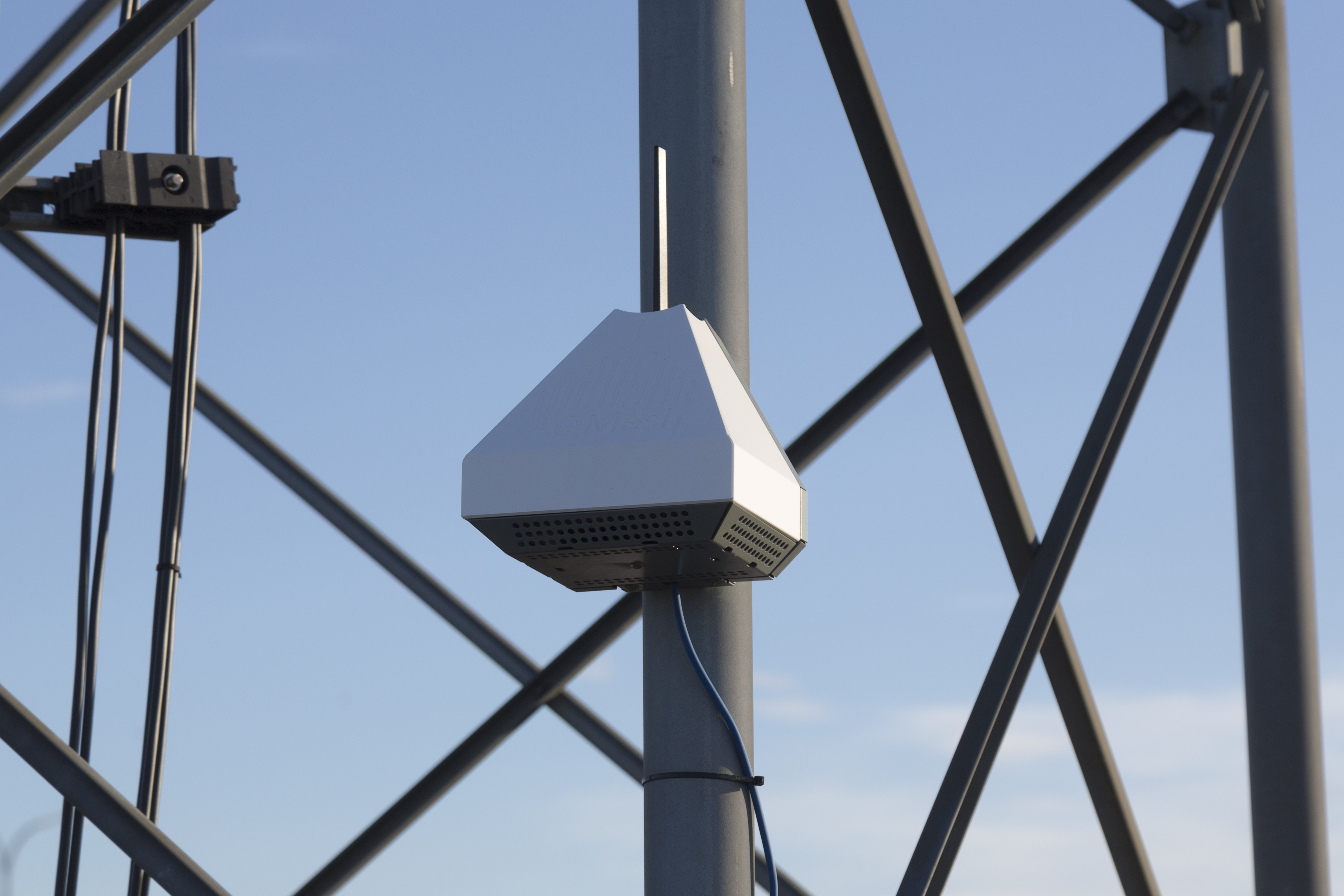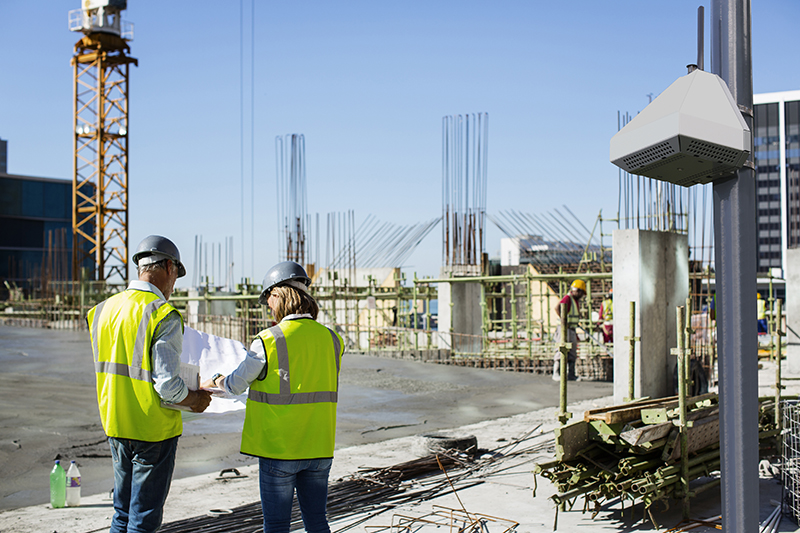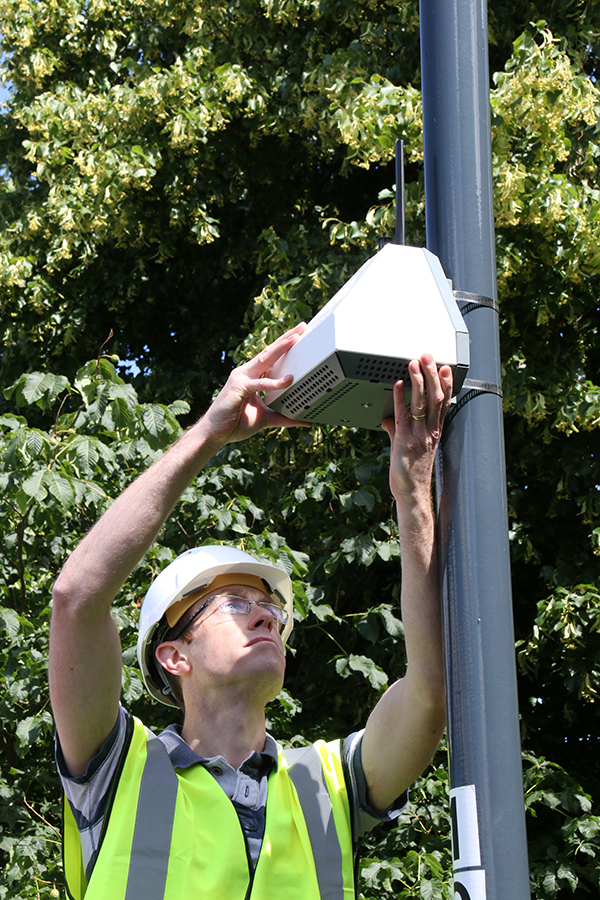Watching the ASIC Ghana conference presentations, it is striking that the same issues come up, whether monitoring in Africa, Europe or America. Many of the challenges relate to boring logistics: where to position measurement units and how to get power to the chosen location. It was impressive to see communities in Africa modifying their western mains-supplied equipment with a locally sourced solar supply, but it wasn’t easy.
Small, neat, smart, easily mountable solar supplies are great, even if they are challenging in cities or anywhere else:-
- Equipment draws low power in the first place
- Smart power management is used
- An appropriate backup battery is chosen
- Solar panels are positioned and angled correctly
- Shadows are avoided – even the slightest shadows reduce yield
Whilst taking power from lamp posts is tempting (when they are available) it is an even bigger challenge than just getting permission to mount equipment on posts which may be owned and managed by a distant third party. Power from lamp posts can be ‘dirty’, affecting the performance of delicate air quality equipment, where sensors are often working at their limits anyway, without the problem of power supply noise. This challenge is made even worse by the growing amount of other equipment deployed on posts, often generating high levels of electromagnetic interference. We have devoted huge resources to solving these problems since the Breathe London pilot! All these issues can cause huge delays in getting projects started, so as much advance planning as possible can minimise project slippage.
Another big challenge is community engagement. How do you engage the public when they don’t think there is a problem, they don’t care or they don’t think anything they do will make any difference? The most successful projects do not assume that people who live in the communities care as much about air quality as the research team do. The Ghana conference showcased projects which have been driven by friendship and trust. By putting equipment in the hands of carefully chosen personal contacts, letting them take ownership and spread the word, projects are more likely to fulfil their objectives and equipment not disappear.
So, assuming air quality monitoring equipment can be deployed and the community is engaged, what happens when the readings start to flow? How do you know if they are accurate, and how do you share them? That’s another story ..




